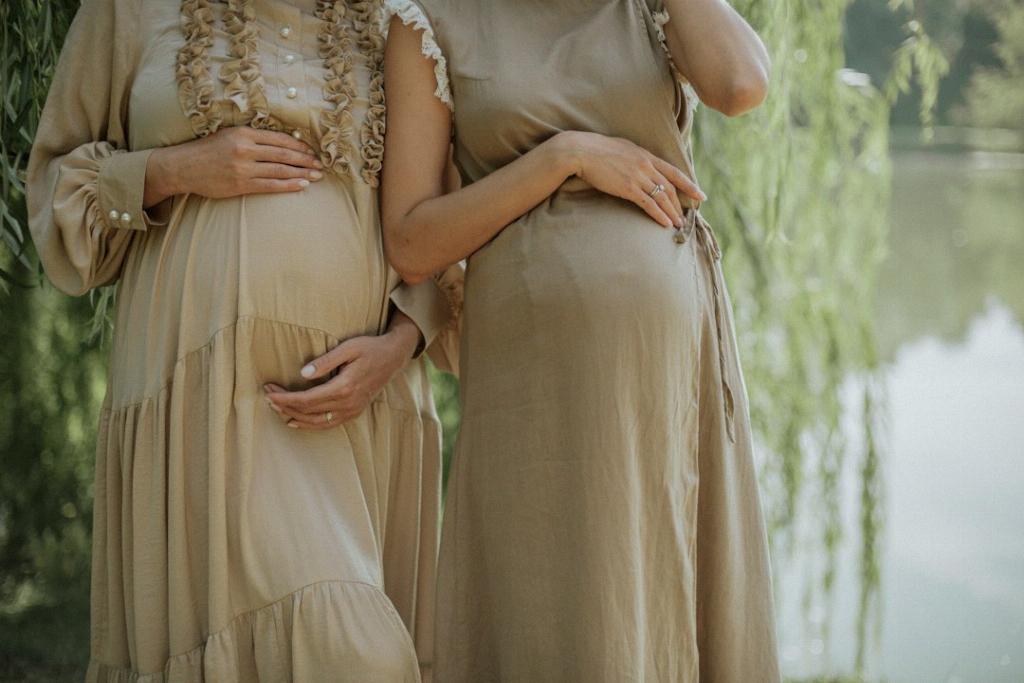Shortness of breath is a common symptom that many pregnant individuals may experience as they progress through their pregnancy journey. It typically becomes more noticeable during the second trimester, which spans from Week 15 to around Week 28. During this period, the growing uterus puts increased pressure on the diaphragm and lungs, leading to feelings of breathlessness.
Factors Contributing To Shortness Of Breath
Although the expanding uterus is a primary factor in causing shortness of breath during pregnancy, it’s not the only contributing factor. Hormonal changes, such as increased progesterone levels, can also play a role. Progesterone helps relax the muscles in the body, including those responsible for breathing, which can make it feel more challenging to take deep breaths.
Physical Changes In The Body
As the baby grows, the body’s blood volume also increases, leading to changes in how oxygen is carried throughout the body. This adjustment can result in pregnant individuals feeling more winded or short of breath with physical exertion or even during simple tasks like walking up a flight of stairs.
Posture And Lung Capacity
Another aspect that can impact breathing during pregnancy is changes in posture. As the uterus grows and shifts the body’s center of gravity, pregnant individuals may find themselves naturally adjusting their posture, which can affect lung capacity. Poor posture can further exacerbate feelings of breathlessness.
Managing Shortness Of Breath
While shortness of breath is a common and normal occurrence during pregnancy, there are ways to help manage it. Taking breaks to rest and catch your breath, practicing proper posture, and using pillows for support while sleeping can all contribute to easing feelings of breathlessness.
Importance Of Prenatal Care
It’s crucial to communicate any concerns about shortness of breath with your healthcare provider during prenatal appointments. They can assess your symptoms, provide guidance on managing discomfort, and address any underlying issues that may be contributing to breathing difficulties.
When To Seek Medical Attention
While occasional shortness of breath is typical during pregnancy, certain warning signs may indicate a more serious problem. If you experience sudden, severe shortness of breath, chest pain, dizziness, or bluish lips or fingertips, seek immediate medical attention to rule out potentially serious conditions.
Staying Active Safely
Remaining physically active during pregnancy is beneficial, but it’s essential to do so safely, especially if you’re experiencing shortness of breath. Engaging in gentle exercises like prenatal yoga or swimming can help maintain fitness levels while being mindful of your breathing patterns.
Breathing Techniques
Practicing mindful breathing techniques, such as diaphragmatic breathing or pursed-lip breathing, can improve oxygen flow and help alleviate feelings of breathlessness. These techniques focus on deepening and slowing down your breath, promoting relaxation and improved lung function.
Hydration And Nutrition
Staying well-hydrated and eating a balanced diet that includes foods rich in iron and other essential nutrients can support overall health and energy levels during pregnancy. Proper nutrition and hydration can also aid in reducing symptoms of shortness of breath.
Conclusion
Shortness of breath is a common experience during pregnancy, particularly in the second trimester. Understanding the factors contributing to breathlessness, making adjustments to posture and activity levels, and seeking guidance from healthcare providers can help manage these symptoms effectively. Remember to prioritize self-care, proper hydration, and open communication with your prenatal care team to ensure a healthy and comfortable pregnancy journey.

